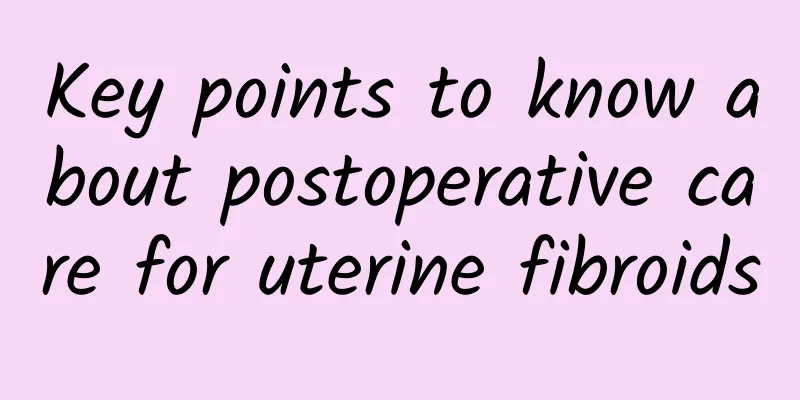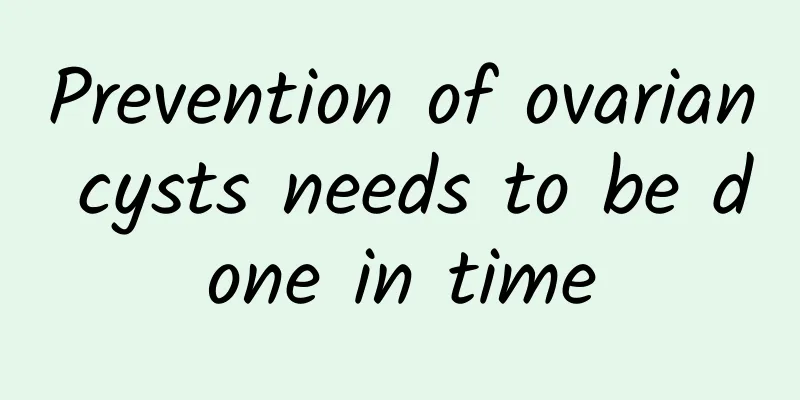Surgical treatment of patients with acute pelvic inflammatory disease

|
If acute pelvic inflammatory disease is not treated promptly, it may develop into chronic pelvic inflammatory disease. Patients with acute pelvic inflammatory disease should undergo surgical treatment if drug treatment is ineffective, abscess ruptures, fallopian tube pyosalpinx or fallopian tube-ovarian abscess occurs. Indications for surgery in patients with acute pelvic inflammatory disease Ineffective drug treatment: If the body temperature of patients with acute pelvic inflammatory disease continues to rise after 48 to 72 hours of drug treatment, or if the patient's poisoning symptoms worsen or the mass increases, surgery should be performed promptly to avoid abscess rupture. Pyroses in the fallopian tube or tubo-ovarian abscess: The patient's condition improves after drug treatment. After continuing to control the inflammation for several days, if the lump still does not disappear but has become localized, surgical removal should be performed to avoid another acute attack in the future that still requires surgery. Abscess rupture: If the patient suddenly has worsening abdominal pain, chills, high fever, nausea, vomiting, abdominal distension, and obvious abdominal tenderness or signs of toxic shock during examination, it should be suspected that the abscess has ruptured and an immediate laparotomy is required. Surgical treatment of patients with acute pelvic inflammatory disease Surgery can be performed through the abdomen or laparoscopy according to the patient's condition. The scope of surgery should be based on the extent of the lesion, the patient's age, general condition, etc., with the main focus being on removing the lesion. Young women should try their best to preserve ovarian function, with conservative surgery as the main approach; for older women, those with bilateral adnexal involvement or repeated adnexal abscesses, total hysterectomy and bilateral salpingo-oophorectomy should be performed; the scope of surgery for extremely debilitated and critically ill patients must be determined based on specific circumstances. |
<<: What are the common causes of adnexitis?
>>: What are the examinations for patients with ovarian crown cysts?
Recommend
What causes cervicitis?
Cervicitis may be caused by a variety of factors,...
Cai Shaofen eats meat to lose weight, Zheng Xiuwen eats a 3-day military meal
Hong Kong actresses all have their own tricks for...
Sometimes chronic pelvic inflammatory disease may cause systemic symptoms of low-grade fever
Many female friends want to know the symptoms of ...
Will pelvic inflammatory disease cause constipation? It may cause
Nowadays, everyone's lifestyles and eating ha...
Does ovarian cyst affect pregnancy?
Will ovarian cysts affect pregnancy? Ovaries affe...
Nursing care for patients with ovarian cyst pedicle torsion during perioperative period
Ovarian cyst pedicle torsion refers to the twisti...
How to prevent adnexitis
Active and thorough treatment of acute salpingo-o...
Clinical symptoms of hyperprolactinemia
Hyperprolactinemia is a common clinical disease. ...
Exercise and do sit-ups before dinner to create a perfect waistline! Xu Luer shares 3 tips for slimming waist
Having attracted media attention with her ageless...
What are the main clinical symptoms of candidal vaginitis?
Usually the clinical symptoms of candidal vaginit...
What causes left ovarian cyst?
Treatments for left ovarian cysts include medicat...
Madonna's unique slimming diet is high in grains and low in meat
Although she is already a woman in her 50s, Madon...
What are the effects of removing uterine fibroids? How long does it take to get pregnant after removing uterine fibroids?
What are the effects of removing uterine fibroids...
What is transabdominal potassium chloride fetal reduction and what is the operation process of transabdominal potassium chloride fetal reduction?
Transabdominal potassium chloride feticide is an ...
Introduce the specific manifestations of clinical symptoms of dysmenorrhea
I believe that many people are concerned about th...









